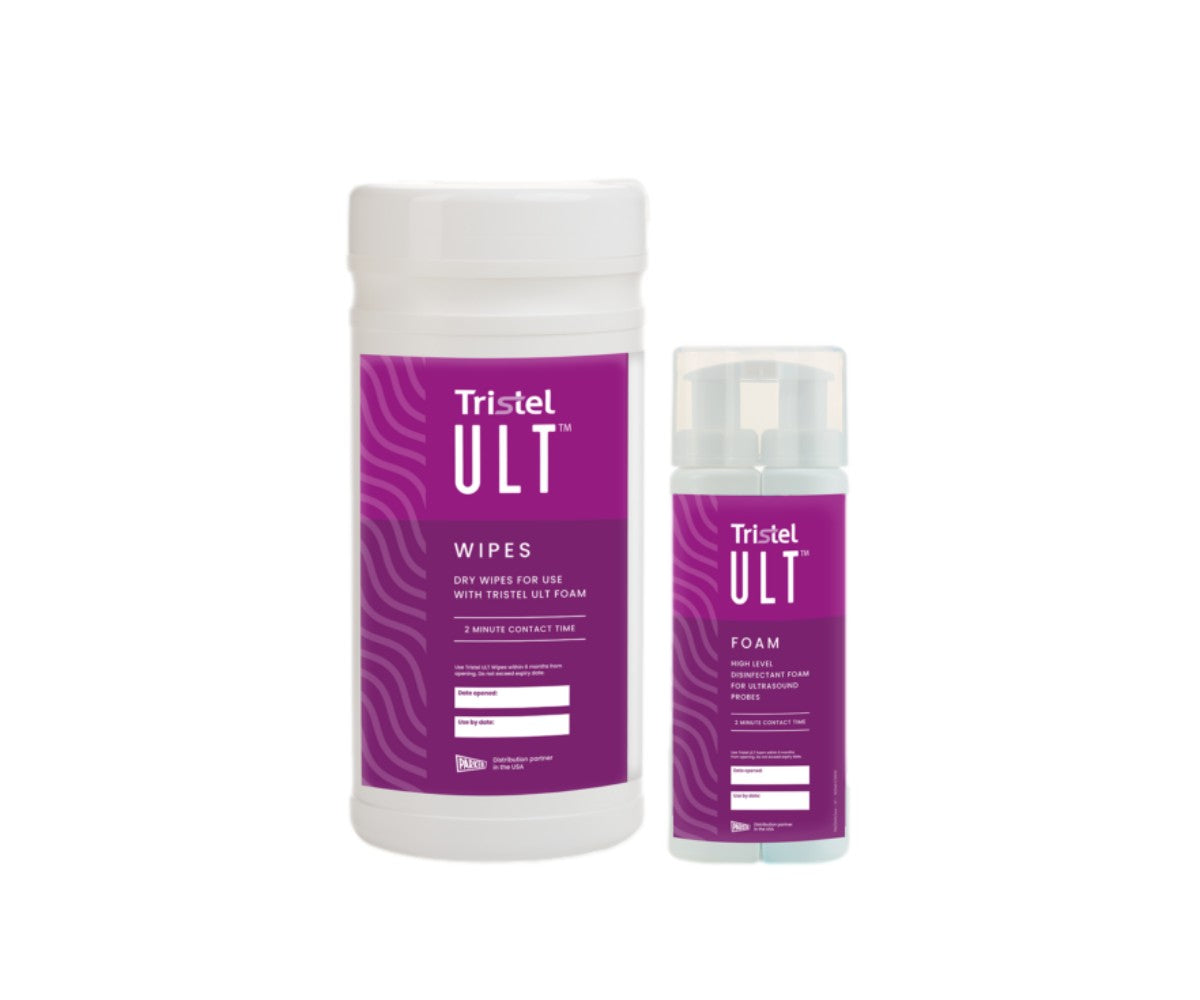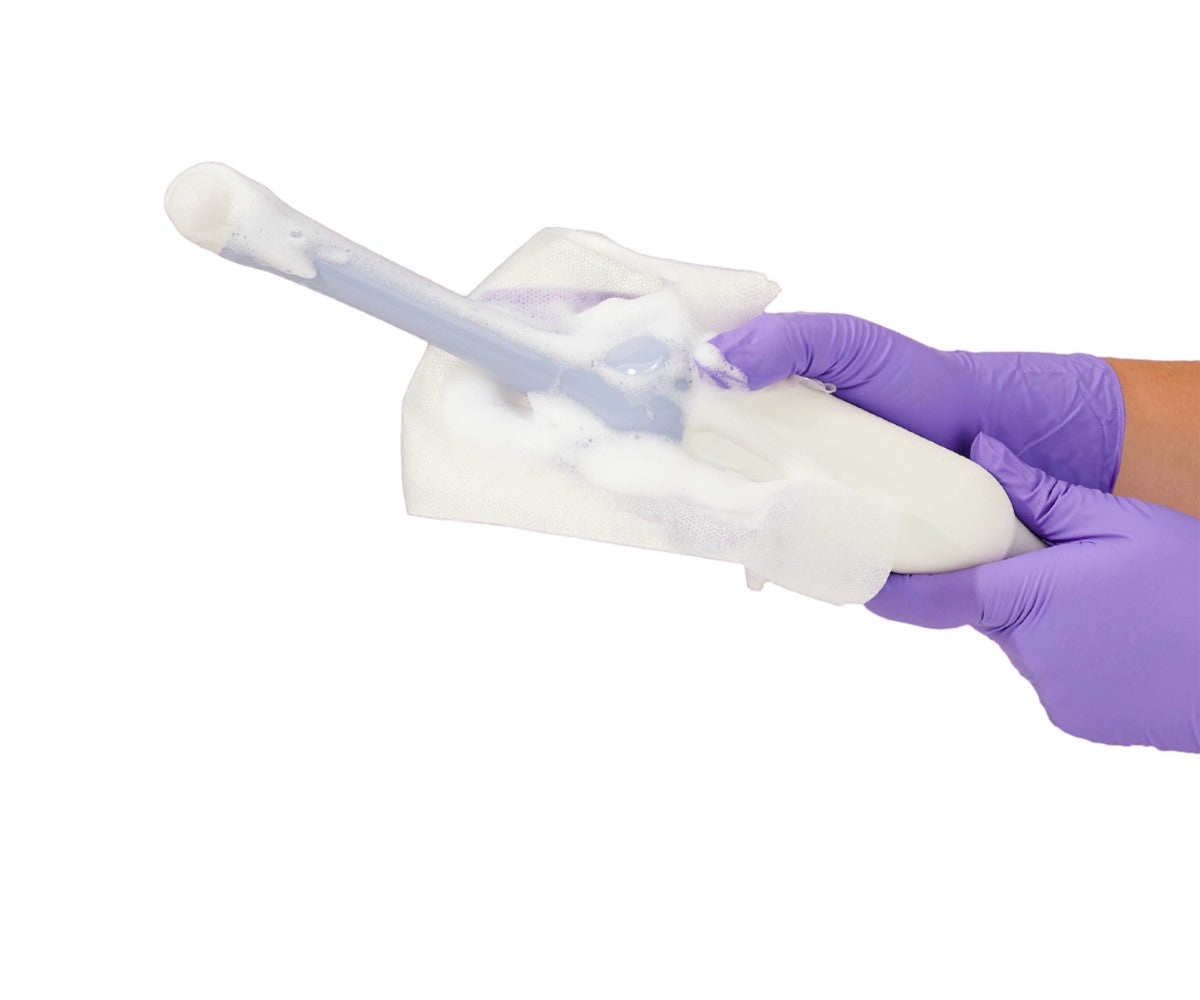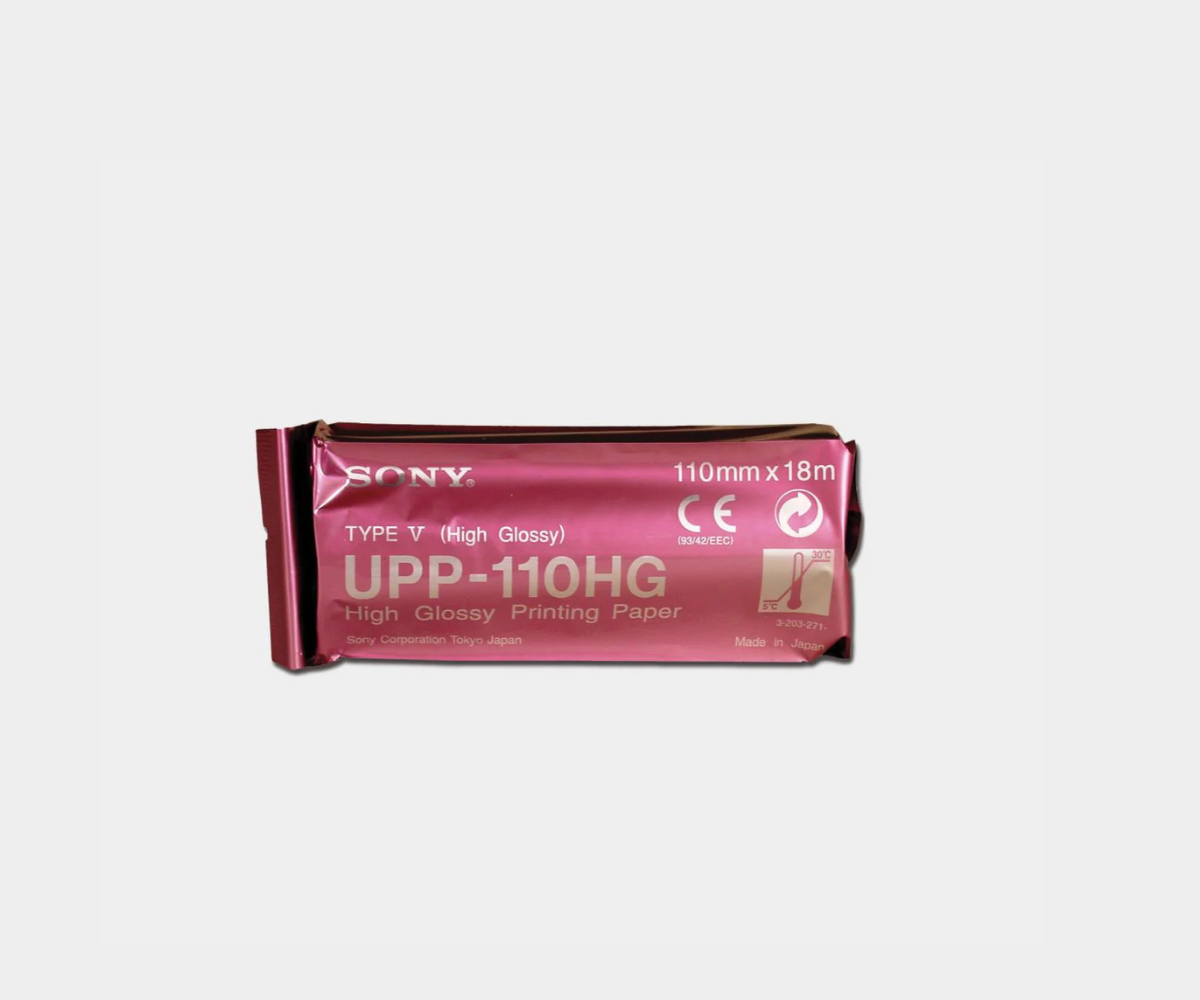In the ever-evolving landscape of healthcare, fertility centers are no exception to the need for cost-efficiency. The demand for in-vitro fertilization (IVF) services continues to rise, and as a healthcare professional managing an IVF center, it's essential to explore strategies to save costs without compromising the quality of patient care. This comprehensive guide will delve into several key aspects to help you maximize cost efficiency.
Choosing a vendor
The initial and often overlooked step holds the potential to greatly impact your clinic's financial well-being – the selection of vendors.The conventional approach of simply seeking the lowest price may not always yield the most advantageous results. Instead, consider adopting a vendor relationship approach based on collaboration and partnership. Cultivating strong, mutually beneficial relationships with your vendors can translate into significant cost savings.
To foster effective collaboration with your vendors, it is beneficial to understand their operating costs, including shipping expenses, and to appreciate the unique challenges they face. This comprehension of their cost structures opens up possibilities for mutual efficiency. For example, opting for less frequent, larger shipments can be a strategy to reduce their shipping costs. In addition to this, the significance of volume in the IVF field cannot be overstated. Clinics that handle a significant number of cycles enjoy an advantageous position in vendor negotiations, as vendors are more inclined to offer discounts to such high-volume clinics. As a result, projecting your volume and demonstrating unwavering commitment to your vendors can serve as a compelling bargaining tool.
Vendors are more likely to extend favorable terms when they witness your sustained dedication, even if prices experience slight increases. Prioritizing these enduring relationships ensures a consistent supply of essential items while effectively reducing costs. To differentiate between products with limited vendor options is also important, such as specific medications, and those that offer more flexibility, such as laboratory and clinical supplies. Recognizing these distinctions allows you to make informed decisions and explore alternative sources when applicable.
Look for opportunities to save on supplies and services
To methodically scrutinize your clinic's expenses, a systematic approach is vital. Regular assessment of each item on your expense list and categorization into the essentials, those with limited cost reduction potential, and those offering savings opportunities can yield substantial cost reductions over time.
It’s crucial to distinguish between indispensable supplies and those allowing for cost reduction. Non-essential items present prime targets for cost-saving strategies. For example, size examination of drapes may reveal that a slightly smaller version could save money without compromising quality. Additionally, capitalizing on volume discounts can significantly impact your clinic's expenses. When feasible, opt for bulk purchases, often resulting in lower unit costs. Evaluate which supplies can be procured in larger quantities without generating storage challenges or unnecessary waste.
A meticulous analysis of usage patterns can unveil potential savings. For instance, the switch to smaller syringes or the elimination of redundant steps can reduce both costs and time, ultimately enhancing your clinic's overall efficiency. It's imperative to adopt a continuous approach to cost review. Avoid making a one-time effort to optimize expenses. Instead, establish a regular schedule, such as quarterly reviews, for a thorough assessment of your spending, identification of cost-saving prospects, and the assurance of your clinic's financial health.
Save on staffing and define roles well, protect your time as an IVF physician
Efficient staffing is essential for cost savings in any clinic. People are the most valuable resource, making it crucial to optimize staffing without compromising the quality of care.
To achieve this, begin by reevaluating your clinic's staffing structure, exploring opportunities to redefine or streamline roles, and delegate tasks to lower-cost personnel where appropriate. This approach can significantly reduce costs while maintaining excellent patient care.
Focus on maximizing staff efficiency by providing the necessary training and support, ensuring that each team member works productively. Protect physicians' time by prioritizing their involvement in tasks that require their expertise and delegating routine or administrative responsibilities to qualified staff members.
When seeking cost-saving measures, consider reevaluating your staffing models, assessing the necessity of every role within your clinic and exploring more efficient structures aligned with your financial goals while upholding the quality of patient care.
Save on commodities by vendor-shopping and assessing product effectiveness
To reduce overhead costs effectively, consider both your purchases and product utilization. Commence with a comprehensive vendor comparison, analyzing the spectrum of available vendors for various clinic commodities. While certain supplies may offer interchangeable options, others may have limited alternatives. Recognize products that offer choices and explore multiple vendors to secure competitive pricing. Delve deeper into product effectiveness. Some items can not only reduce costs but also improve efficiency. For example, shifting to smaller or differently designed speculums can result in cost savings while maintaining quality.
Contemplate bulk purchases as a cost-effective strategy. Whenever possible, acquire supplies in larger quantities to take advantage of volume discounts. This approach works particularly well for items with extended shelf lives and high demand in your clinic. Consistently monitor usage patterns within your clinic, seeking opportunities to optimize supply utilization without compromising patient care. For instance, transitioning to smaller syringes or different sizes can yield cost savings and minimize waste. To sustain these cost-saving measures, commit to an ongoing program of improvement. Regularly assess your clinic's usage patterns, supplier options, and product effectiveness to ensure your cost-saving strategies remain efficient and pertinent.
From fostering strong vendor relationships to scrutinizing the utilization of supplies and optimizing staffing models, these strategies can significantly impact a clinic's financial health. By adopting these approaches and committing to a culture of continuous improvement, IVF clinics can ensure not only the sustainability of their services but also the well-being of their patients and the health of their bottom line.









